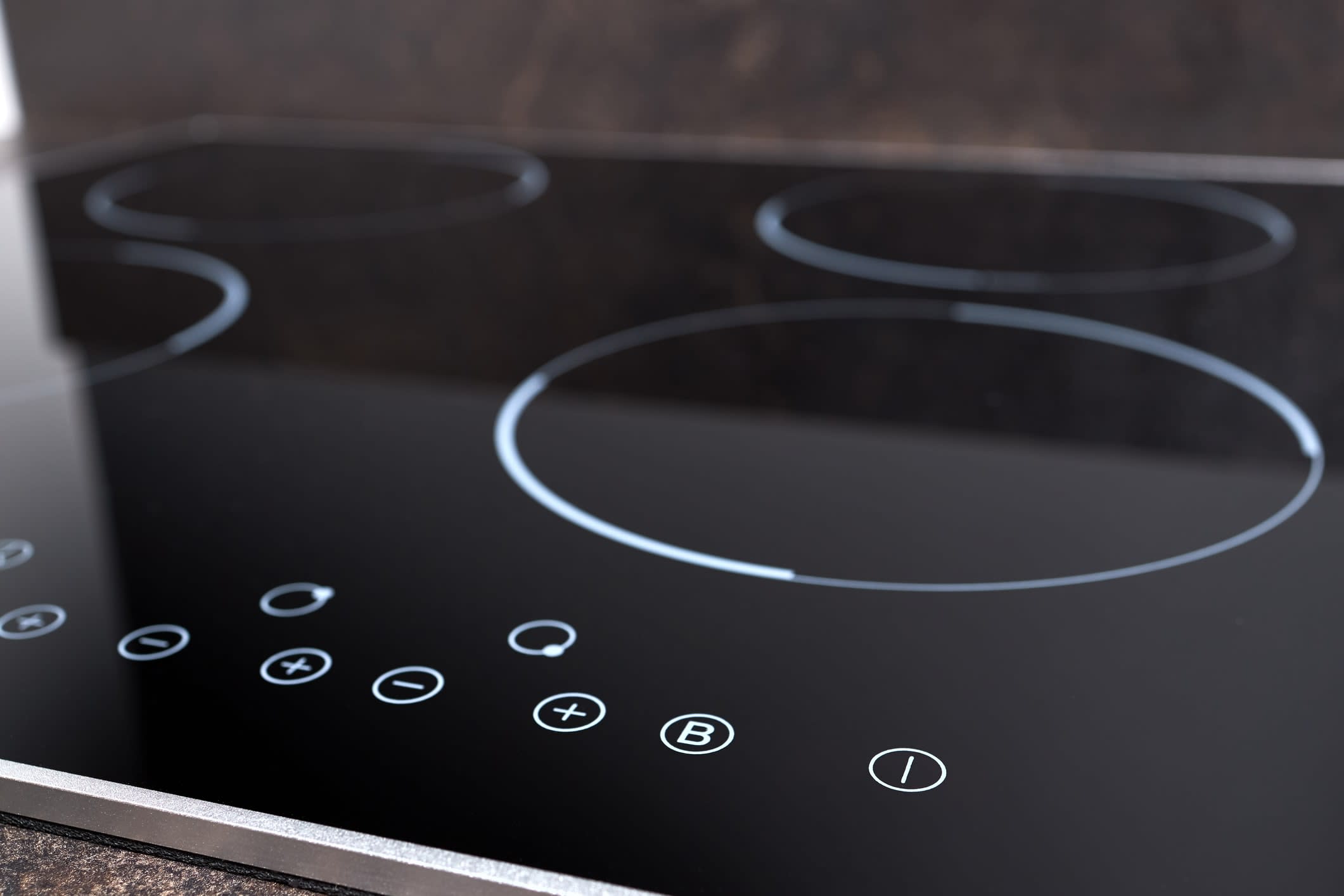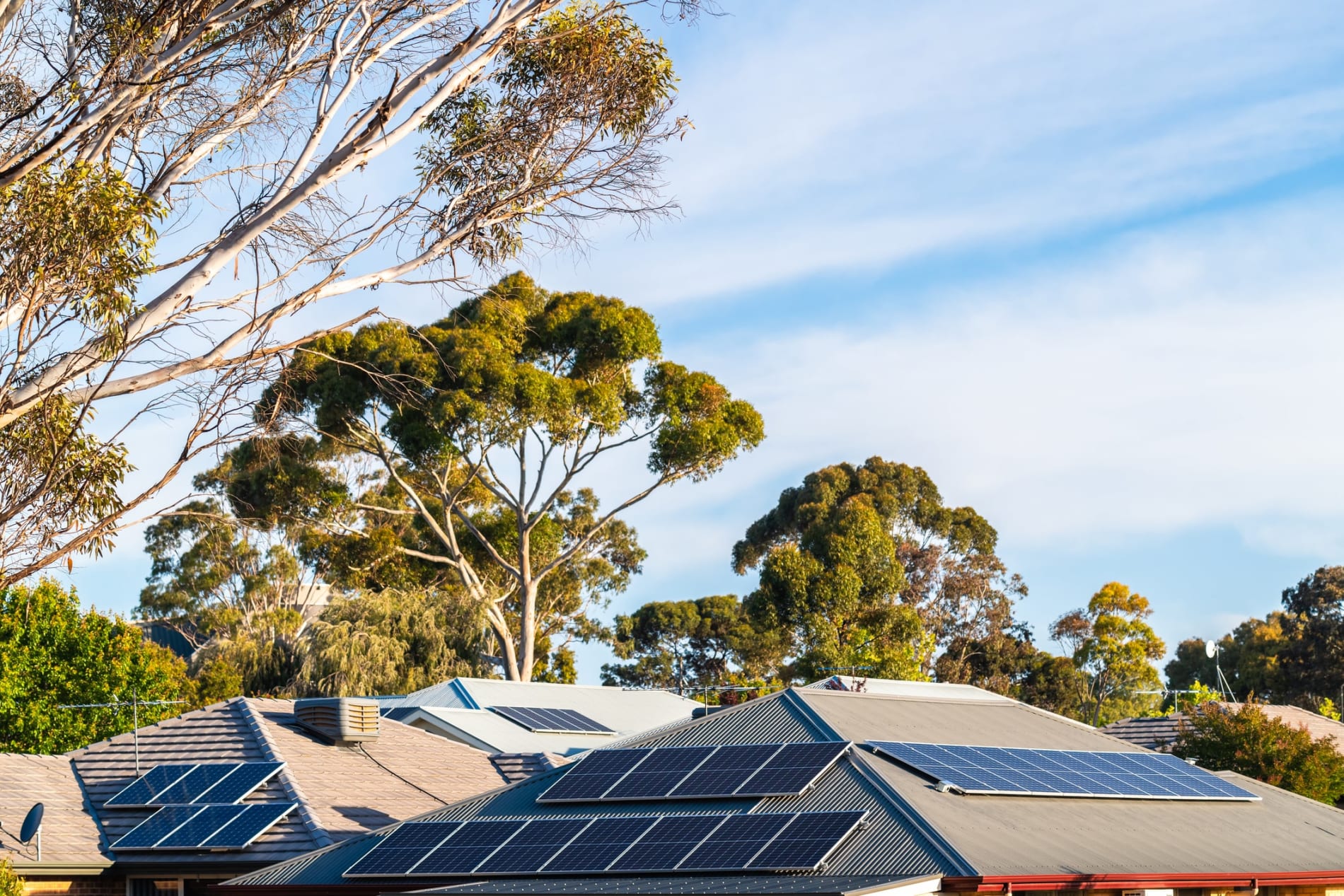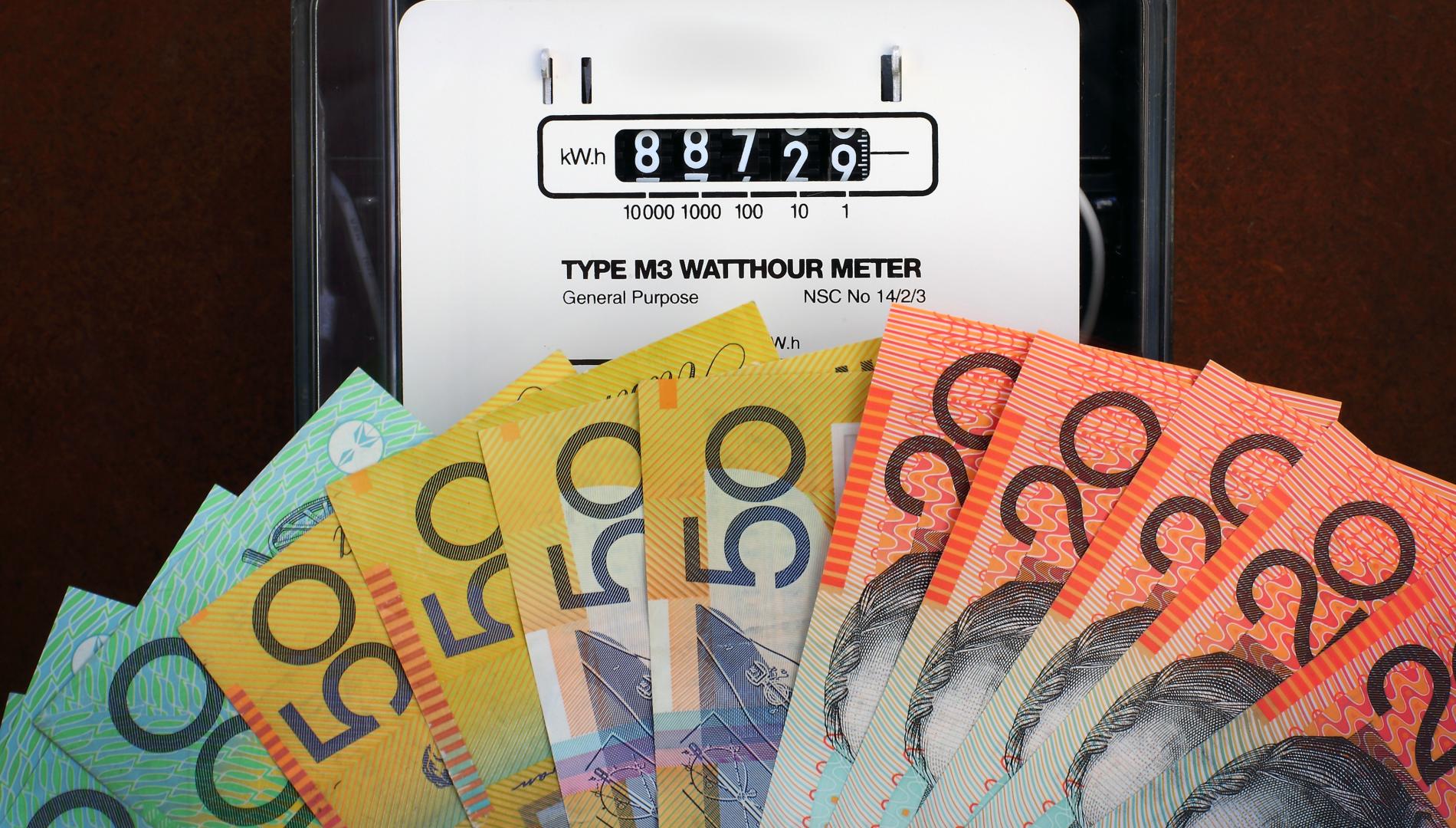The cost of living in Australia is soaring, as are energy prices. Victoria and the ACT have already announced there will be no gas connections in new homes from next year. Residential electrification is now a key issue for Australians.
The Monash Climate Change Communication Research Hub (MCCCRH) has reviewed and brought together leading electrification research, and written a report on electrifying the residential sector with more affordable, energy-efficient appliances.
Project coordinator Amelia Pearson says Australia is ahead of the game in rooftop solar, and has an opportunity to “tap into those abundant resources and ensure all Aussie households reap the benefits through electrification … and propel towards net zero.”
Here, Pearson and Dr James Burgmann-Milner, a research and teaching associate at the MCCCRH, summarise the report for Lens in three categories – savings, health and jobs.
Savings
The report says that in almost all contexts, electricity cuts household energy bills, and that electrifying Australia’s entire residential sector would save households $4.9 billion in total annual energy costs.
“There was a time not so long ago that using gas to heat our rooms, water and stovetops was the cheaper choice,” says Pearson. “Those days are now behind us, with electric appliances both more efficient and cost-effective.
“As gas prices continue to overtake the cost of electricity, electrification only makes more financial sense for Australian households.”
The report outlines that yearly energy savings come from four primary sources: gas network connection fees ($1.3 billion); electrifying hot water systems ($2.1 billion); electrifying heating ($1.2 billion); and induction cooking appliances ($341 million).
Gas is increasingly expensive, it says. On average, wholesale gas prices increased by 234% over the past decade, compared to 137% for electricity. Gas has risen by an average of 6.37% a year compared to 3.77% for electricity.
While electric appliances are cheaper to run, they’re also far more efficient, the report says. A modern split system is three times more efficient at warming a home than a gas heater.
Similarly, induction cooktops boil water almost twice as fast as their gas counterparts. This increased efficiency offers an additional source of household savings.

Health
The report points to research in recent years that’s made it categorically clear that electric appliances are both safer and healthier than gas.
Gas stoves, which are very common in Victorian households, generate unsafe levels of indoor air pollution, the report says.
For example, homes with gas stoves typically have nitrogen dioxide concentrations – a gas emitted during gas combustion – significantly higher than those with electric stoves. This can have a variety of respiratory effects, especially for children and those with existing conditions such as asthma.
Lower-income households, which typically have a higher density of occupants and poorer living conditions, face greater exposure to these health risks.
“Whether you're chasing kids across the living room, navigating a chaotic share-house or flying solo, living in a pollutant-free home is essential for our health,” says Dr Burgmann-Milner.
“Gas cookers and unflued gas heaters are two of the largest contributors to indoor air pollution. Household electrification will allow low-income households to heat spaces more efficiently by reducing overall energy use and costs.”
Jobs
Critically, the report ultimately found that electrification would be a powerful job creator and economic stimulant.
About 18,500 workers are already employed full-time in the rooftop solar industry.
Electrification of Australia’s entire residential gas appliance stock is projected to create about 20,000 full-time jobs over a 10-year period.
These findings are of great public interest, and will only become increasingly so. This is reflected, for example, in the Senate’s recently announced inquiry into residential electrification, the report of which will be delivered in late 2024.
The report also evaluates each of the states and territories, and scores them on current and future electrification schemes, including assessments on policies and programs taking into account financial support, energy, justice, health, and skills and training.






